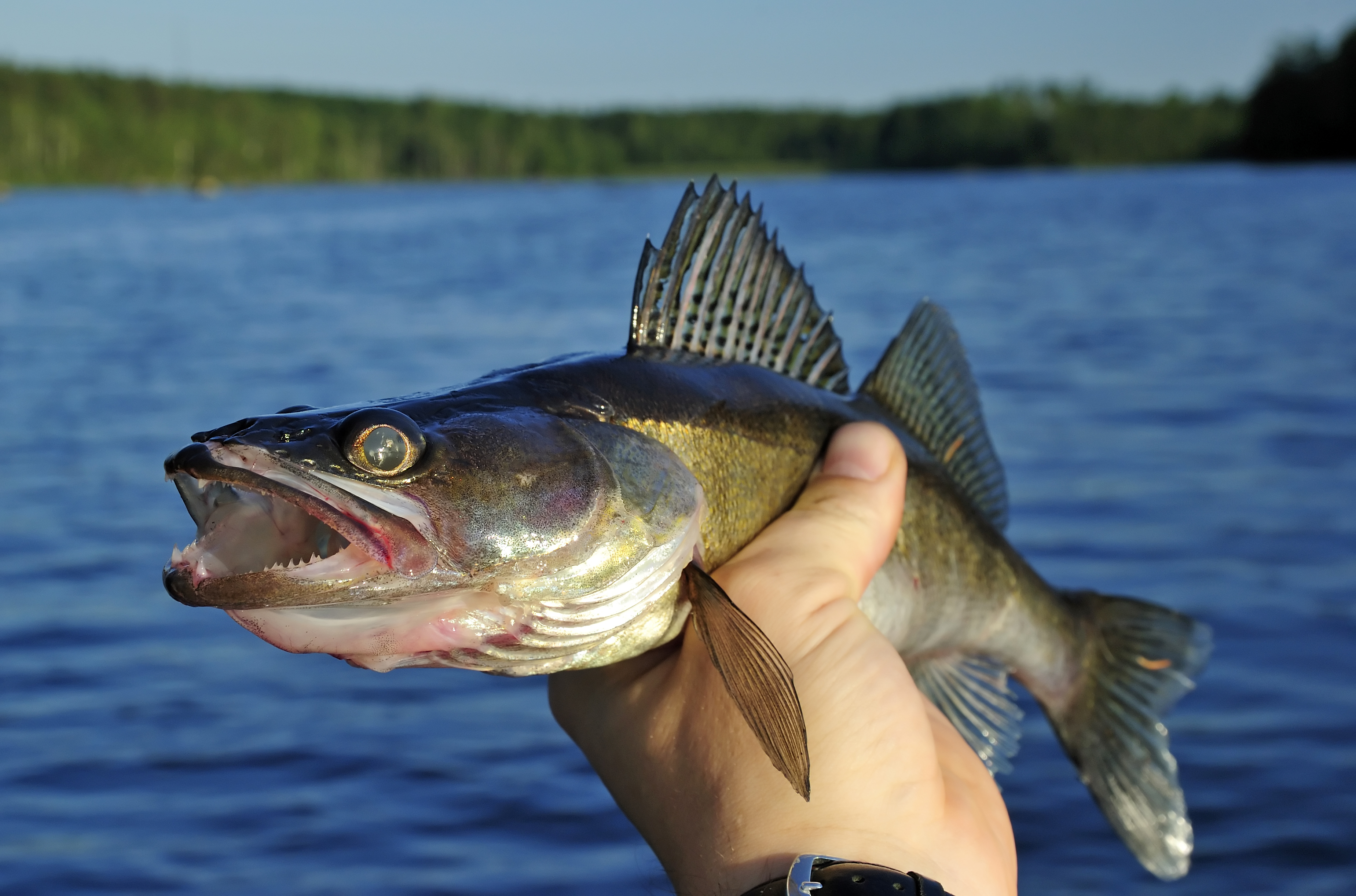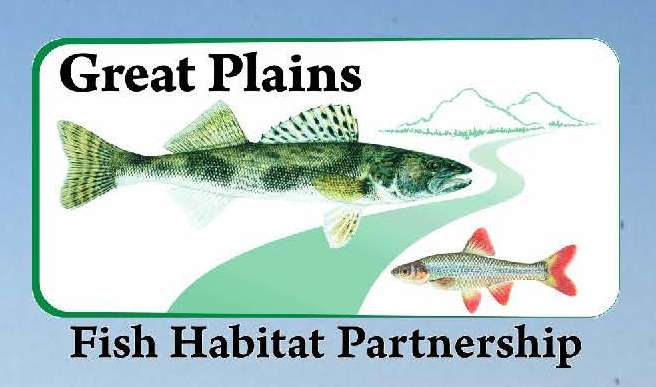
Streams of the Great Plains are home to a wide diversity of aquatic fauna adapted to harsh changes in temperature and water availability. Low human population density has enabled many Great Plains streams to remain relatively unimpaired, yet aquatic species have experienced a slow but steady decline in abundance and diversity during the 20th Century and continue to face challenges that threaten their viability. Existing habitat loss are attributed to numerous factors including the conversion of native prairie to land uses for agriculture, energy development, and urbanization, which are reflected in degraded water quality, water quantity, fragmentation, and isolation of rivers from their floodplains. Climate change and invasive species are also factors affecting Great Plains stream habitat.
Board recognized October, 2009
Streams of the Great Plains are home to a wide diversity of aquatic fauna adapted to harsh changes in temperature and water availability. Low human population density has enabled many Great Plains streams to remain relatively unimpaired, yet aquatic species have experienced a slow but steady decline in abundance and diversity during the 20th Century and continue to face challenges that threaten their viability. Existing habitat loss are attributed to numerous factors including the conversion of native prairie to land uses for agriculture, energy development, and urbanization, which are reflected in degraded water quality, water quantity, fragmentation, and isolation of rivers from their floodplains. Climate change and invasive species are also factors affecting Great Plains stream habitat. The GPFHP was created to forestall and reverse habitat loss with the philosophy that by working together, sufficient fiscal and human resources can be strategically focused on rivers and streams for conservation. The GPFHP focuses on the conservation of native aquatic species, many of which are of commercial or recreational economic interest, such as sauger, sunfishes, catfishes, buffaloes, and paddlefish. Included in the GPFHP are the Missouri River watershed, the Arkansas River watershed within the State of Kansas, and the Souris and Red River watersheds within the State of North Dakota and western Minnesota. The area encompasses approximately 626,524 square miles, and includes all of North Dakota, South Dakota, Nebraska, and Kansas, and portions of Minnesota, Iowa, Missouri, Montana, Wyoming, and Colorado. The area includes 28 species of fish, mussels, amphibians, and riparian plants that are federally listed or candidates for listing. State Wildlife Action Plans identify almost 90 fish species as being of greatest conservation need, of special concern, or listed. The Great Plains Fish Habitat Partnership was recognized by the Board in October 2009.

